22 brutal dictators you've probably never heard of
History is rife with oppressors, war criminals and sociopaths who became unelected heads of government
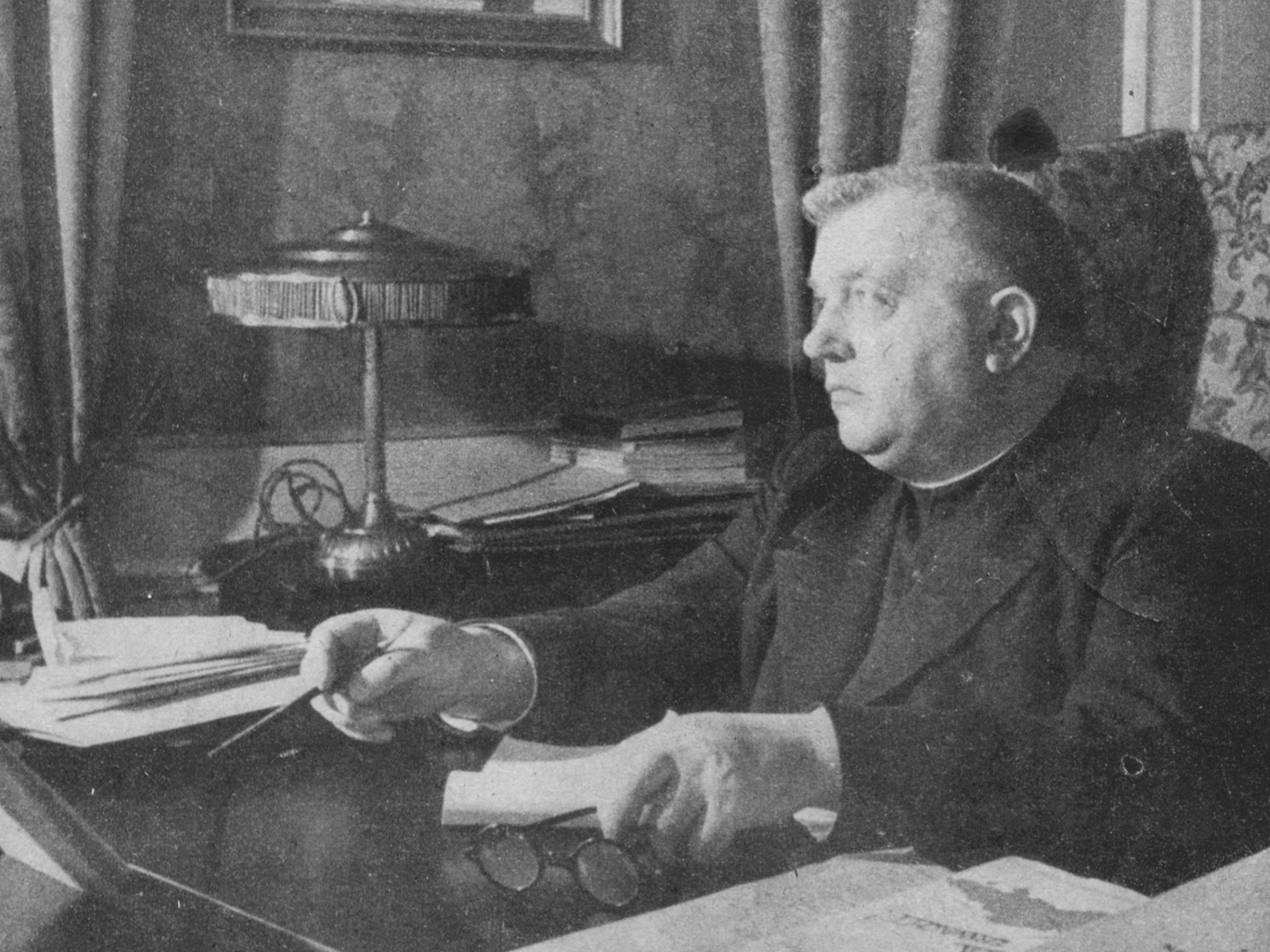
Representative government has been a luxury that relatively few people have enjoyed throughout human history.
And while the vast majority of dictators fall short of Hitler- or Stalin-like levels of cruelty, history is rife with oppressors, war criminals, sadists, sociopaths, and morally complacent individuals who ended up as unelected heads of government — to the tragic detriment of the people and societies they ruled.
Here's a look at 22 brutal dictators that you may not have heard of.
Francisco Solano Lopez (Paraguay, 1862-1870)
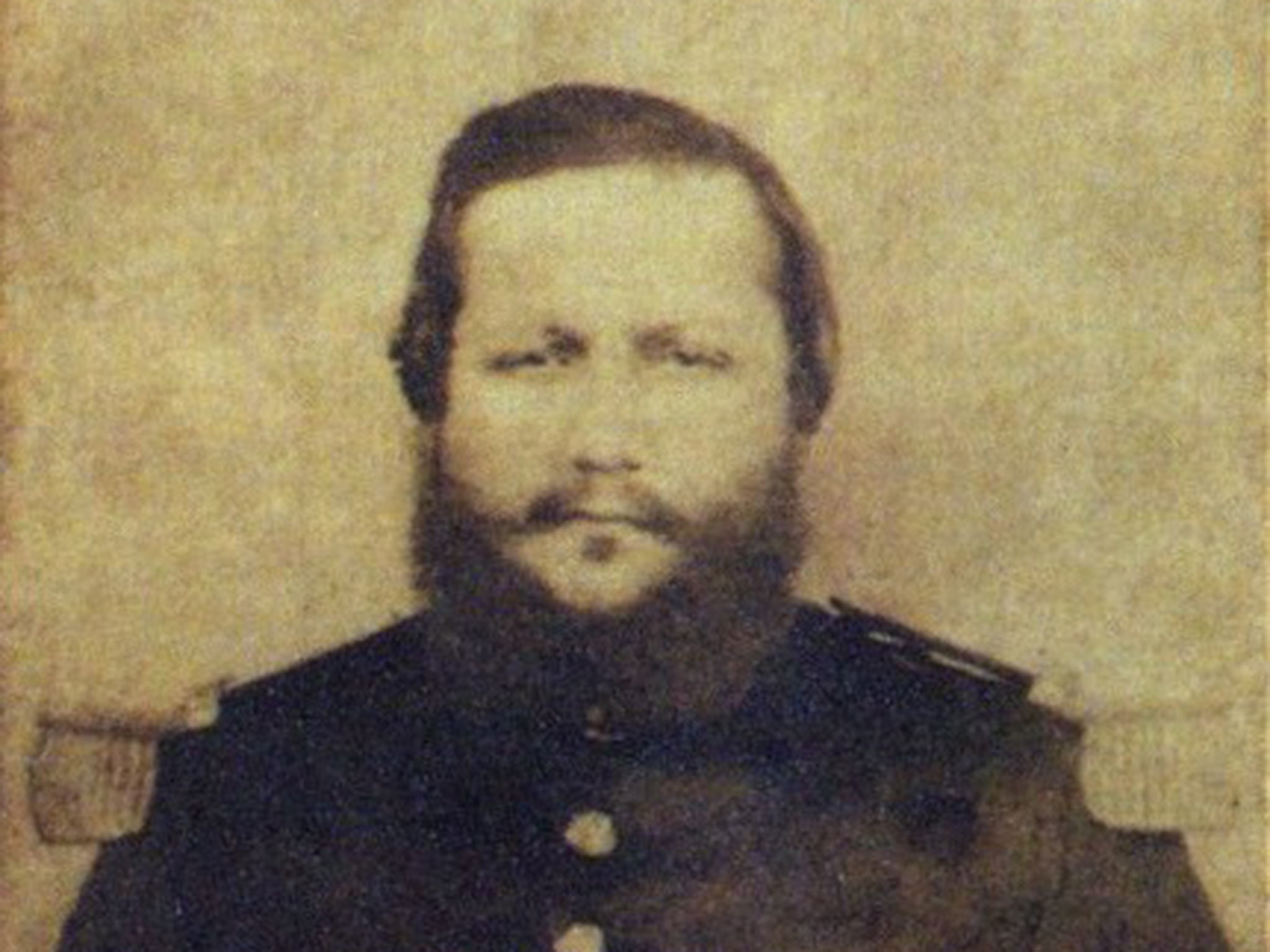
Although he became a revered figure in Paraguay decades after his death, Paraguayan president and military leader Francisco Solano Lopez unwisely provoked neighboring Brazil and Argentina by meddling in a civil war in Uruguay in the mid-1860s.
After that war concluded, Brazil, Argentina, and the winning faction in Uruguay secretly agreed to a plan in which they would annex half of Paraguay's territory.
Lopez rejected the peace terms offered by the "triple alliance," incurring a full-on invasion.
What followed was a devastating conflict in which an overmatched Lopez conscripted child soldiers, executed hundreds of his deputies (including his own brother), incurred steep territorial losses, and triggered an eight-year Argentine military occupation.
By the time of Lopez's death in battle in 1870 and the war's subsequent end, Paraguay's population had plunged from an estimated 525,000 to 221,000, and only 29,000 males over the age of 15 were left alive.
Jozef Tiso (Slovakia, 1939-1945)
A Catholic priest who led Slovakia's fascist moment, Tiso was in charge of one of Nazi Germany's numerous satellite regimes for almost the entirety of World War II.
Although arguably a less energetic fascist than the leaders of comparable Nazi puppet regimes, Tiso led a brutal crackdown after a 1944 anti-fascist rebellion.
He also either facilitated or had first-hand knowledge of the deportation of the vast majority of the country's Jews to Nazi concentration camps.
At the time, Slovakia had a Jewish population of over 88,000. However, by the conflict's conclusion, nearly 5,000 were left in the country.
Döme Sztójay (Hungary, 1944)
Hungarian leader Miklós Horthy had been an ally of Nazi Germany, collaborating with Adolf Hitler's regime in exchange for assistance in restoring Hungarian control over lands the country had lost as a result of World War I.
Horthy began attempting to chart an independent path from the Nazis as the German war effort flagged in 1944 and largely refused to deport the country's Jews — triggering a Nazi invasion and Döme Sztójay's installation as the country's puppet leader even while Horthy officially remained in power.
During Sztójay's six months as Hungary's prime minister, more than 440,000 Jews were deported from Hungary to concentration camps in one of the last major forced population transfers of the Holocaust.
Sztójay, who had been Hungary's ambassador to Nazi Germany for the decade leading up to World War II, was captured by American troops after the war and executed in Hungary in 1946.
Ante Pavelić (1941-1945)
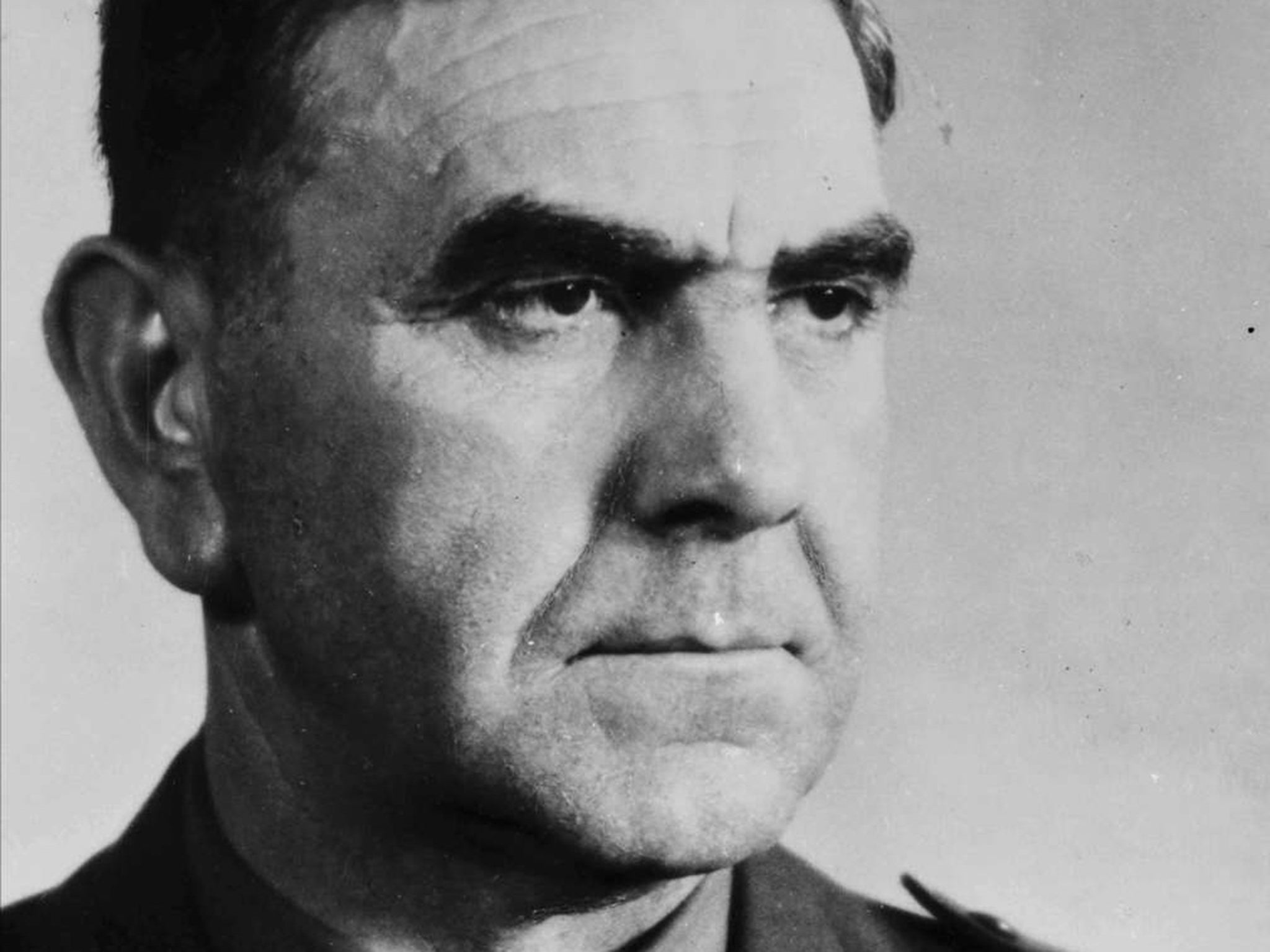
Ante Pavelić started out as a politician who was opposed to the centralization of what later became officially known as the Kingdom of Yugoslavia.
After Yugoslavia's king declared himself dictator in 1929, Pavelić fled the country in order to organize an ultra-nationalist movement called Ustaše.
The Ustaše was dedicated to creating an independent Croatia, and sometimes resorted to terrorism. Ultimately, the group assassinated King Alexander in 1934.
After Axis forces took over Yugoslavia in the 1941, Pavelić took control as the head of the Independent State of Croatia (or NDH).
The country was nominally ruled by the Ustaše, but was essentially a puppet state of Fascist Italy and Nazi Germany. Under Pavelić's leadership, the regime persecuted Orthodox Serbs, Jews, and Romani living in the NDH.
After Germany was defeated in 1945, Pavelić went into hiding, and eventually escaped to Argentina. He died in Spain in 1959.
Mátyás Rákosi (1945-1956)
Mátyás Rákosi became the communist leader of Hungary after consolidating political power in 1945.
He was called "Stalin's best Hungarian disciple," orchestrating purges and installing a repressive Soviet-allied regime.
After Stalin died in 1953, the USSR decided his regime was too brutal and told Rákosi that he could stay on as the Hungarian communist party's secretary-general — on the condition that he give up his prime ministership to the "reform-minded" Imre Nagy.
Rákosi managed to stick around for a bit, until the USSR officially decided he was a liability.
Moscow removed him from power in 1956 in order to appease the Yugoslav leader, Mashal Tito.
Khorloogiin Choibalsan (Mongolia, 1930s-1952)
After several meetings with Stalin, Choibalsan adopted the Soviet leader's policies and methods and applied them to Mongolia.
He created a dictatorial system, suppressing the opposition and killing tens of thousands of people.
Later in the 1930s, he "began to arrest and kill leading workers in the party, government, and various social organizations in addition to army officers, intellectuals, and other faithful workers," according to a report published in 1968 cited in the Historical Dictionary of Mongolia.
In late 1951, Choibalsan went to Moscow in order to receive treatment for kidney cancer. He died the following year.
Enver Hoxha (Albania, 1944-1985)
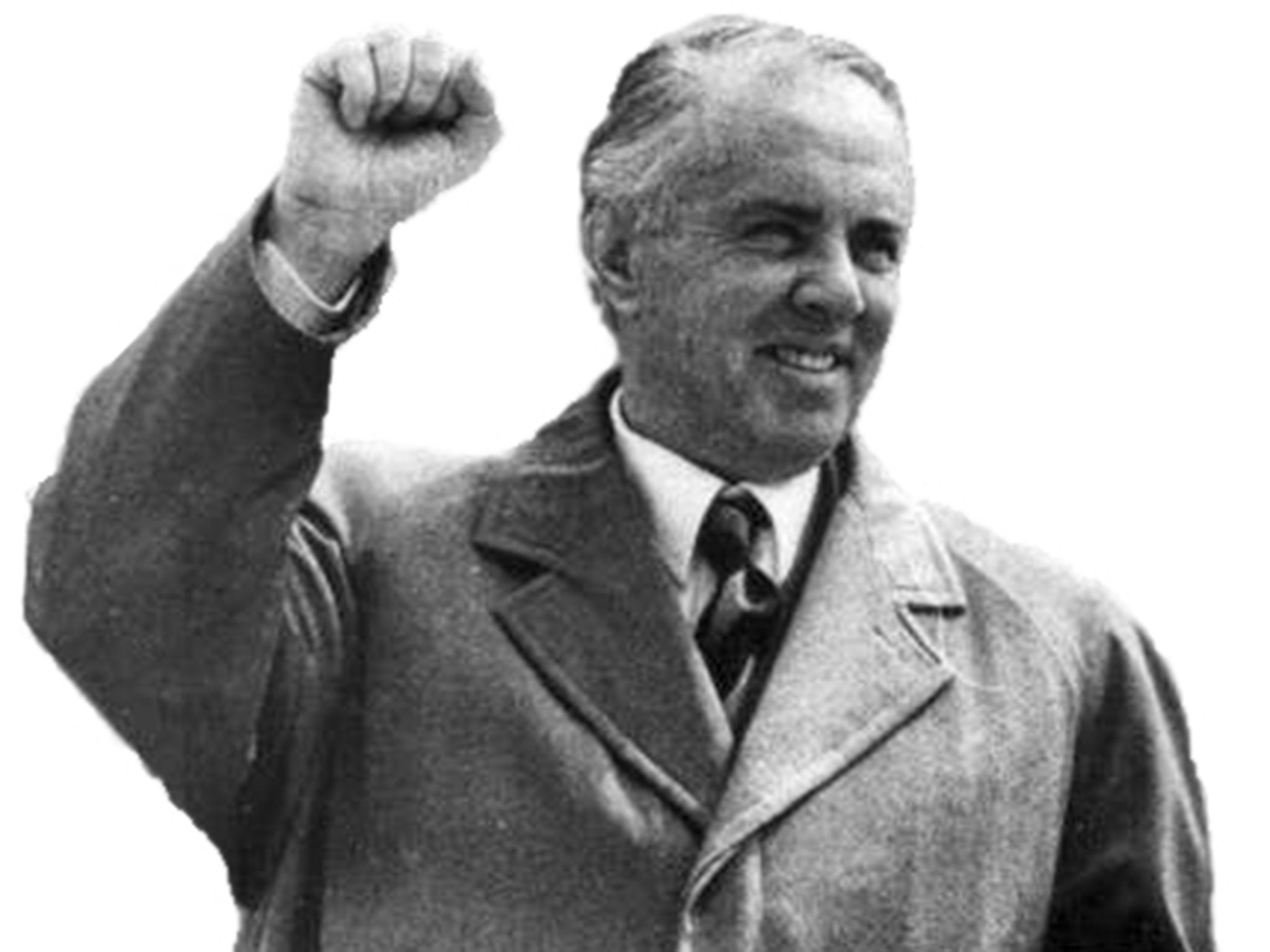
Albania's communist dictator feuded with both the Soviet Union and China before promoting a ruinous policy of national self-reliance that turned his country into a Balkan version of modern-day North Korea.
During his four-decade rule, Hoxha banned religion, ordered the construction of thousands of concrete pillboxes throughout Albania, undertook eccentric public building projects, purged his inner circle multiple times, and severed nearly all of Albania's meaningful international relations.
Hoxha enforced a Stalin-like cult of personality and created a completely isolated society with virtually no tolerance of political dissent.
An estimated 200,000 people were imprisoned for alleged political crimes during Hoxha's rule, in a country with a current population of around 3 million.
Lê Duẩn (Vietnam, 1960-1986)
Although he was never Vietnam's official head of state, Lê Duẩn was the dominant decision-maker within the country's communist regime for more than 20 years.
After the Vietnam War and the North's successful invasion of South Vietnam, Duẩn oversaw purges of South Vietnamese anticommunists, imprisoning of as many as 2 million people and forcing more than 800,000 Vietnamese to flee the country by boat.
Under Duẩn, Vietnam also embarked on a failed economic-centralization effort that later generations of Vietnamese leaders would reverse.
Ian Smith (Rhodesia, 1964-1979)
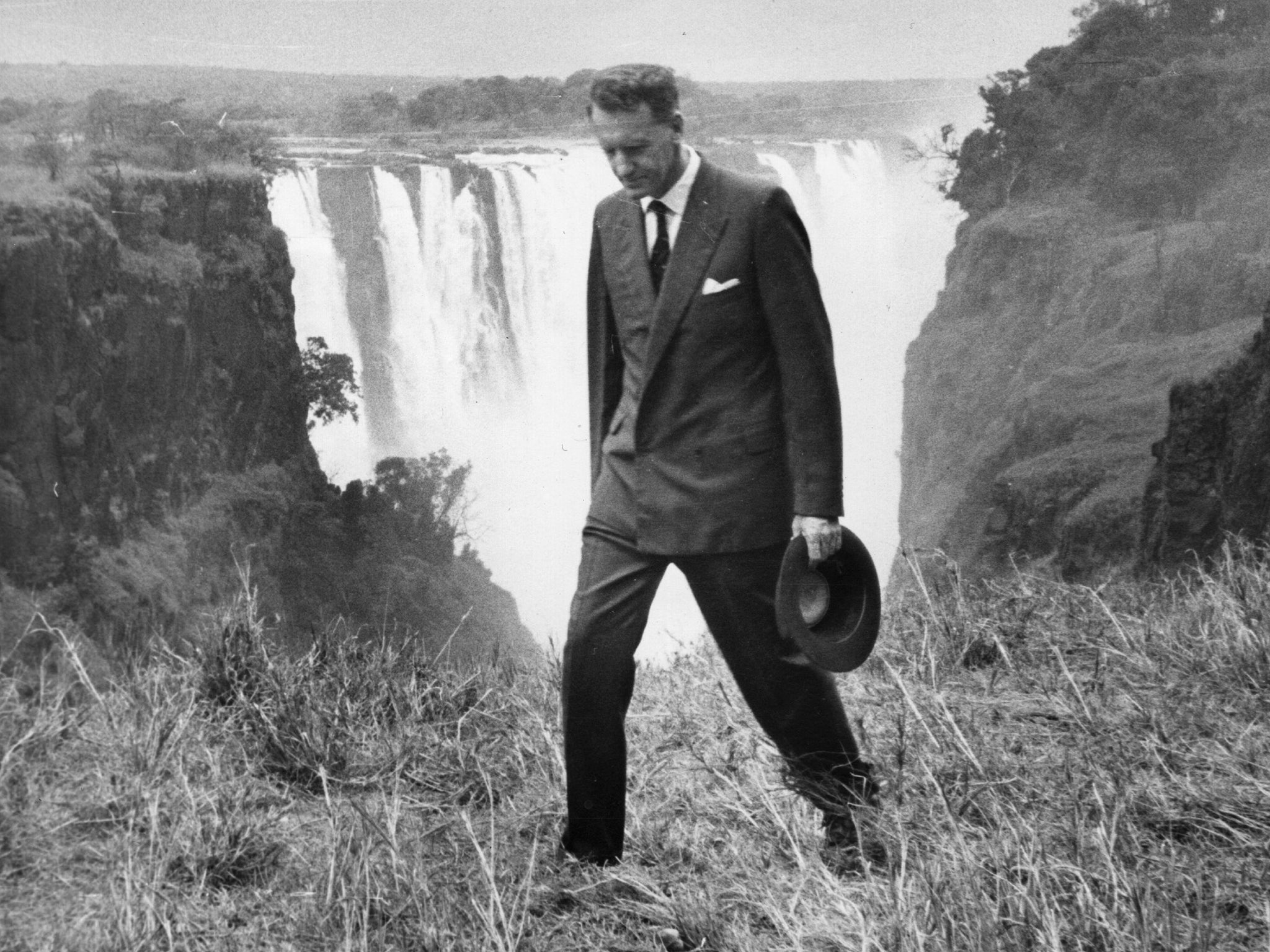
One of the most controversial figures in post-colonial African history, Ian Smith, a decorated fighter pilot during World War II, led the secession of Rhodesia (now Zimbabwe) from the British empire in 1965.
His aim was to preserve white rule in an overwhelmingly black colony.
As prime minister of an independent Rhodesia, Smith oversaw an apartheid system similar to the one in neighboring South Africa, seeking to ensure white rule through a system of racial separation and control.
Although whites were less than 4% of Rhodesia's population, Smith's government survived nearly 15 years of international isolation and civil war.
He agreed to a power-sharing accord that elevated Robert Mugabe to prime minister in 1980.
Although sometimes lauded for his willingness to surrender power — something that meant Rhodesia was liberated from minority rule some 15 years before neighboring South Africa — he still led a racially discriminatory regime for well over a decade.
Ramfis Trujillo (Dominican Republic, May 1961-October 1961)
Ramfis's father, the more infamous Rafael Trujillo, ruled the Dominican Republic for over 30 years.
His oldest son, who was made a colonel at the age of 4, only spent a few months as the Caribbean nation's dictator — but he used them to mount a brutal reprisal campaign against those he suspected of assassinating his father on May 30, 1960.
An "accomplished torturer" and inveterate playboy, when Ramfis left the Dominican Republic by yacht to go into exile in Spain in late 1961, he reportedly took his father's coffin with him.
What's more, the coffin was filled with nearly $4 million in money and jewels.
Michel Micombero (Burundi, 1966-1976)
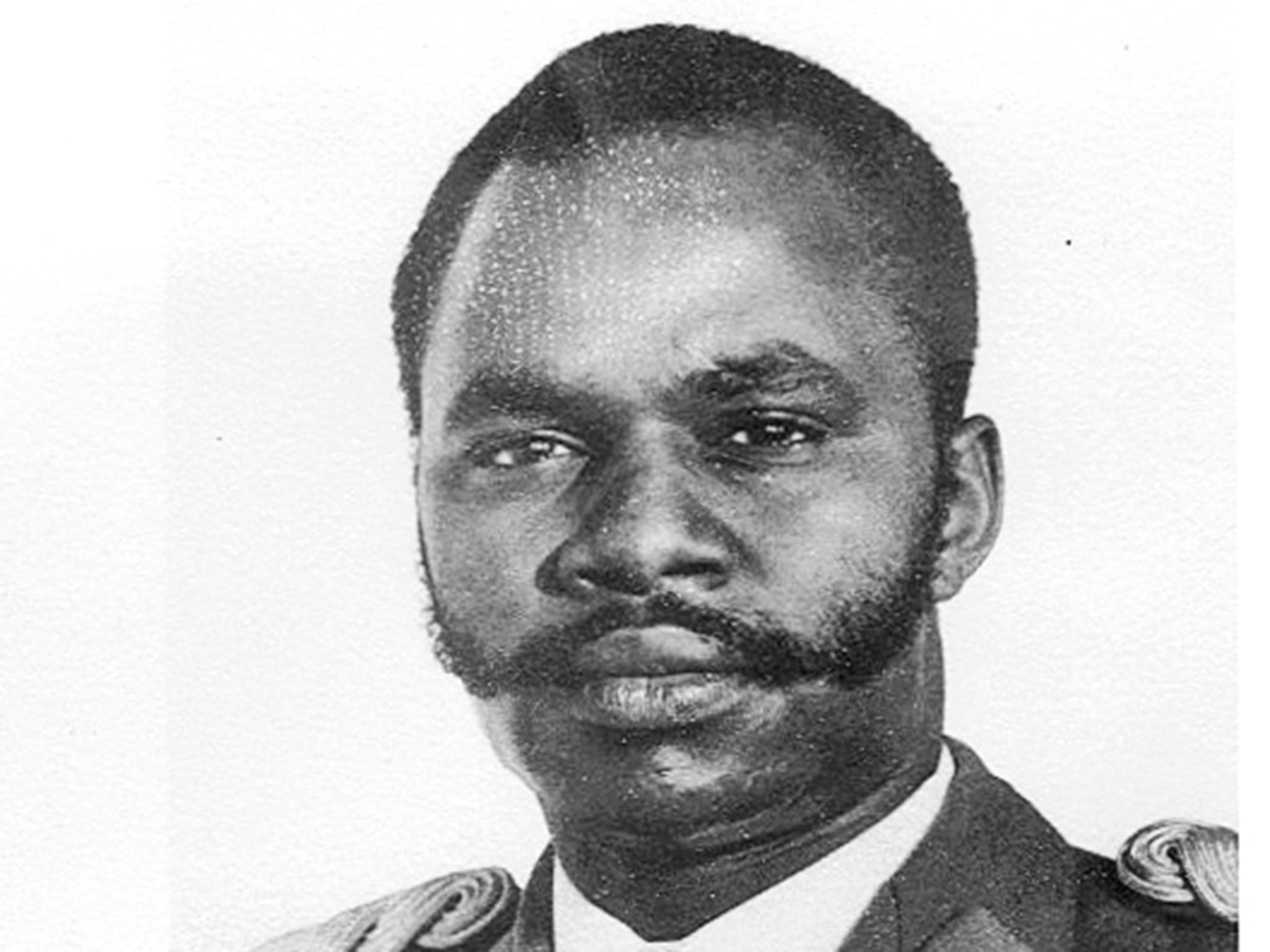
Michel Micombero, an army captain and then minister of defense, was just 26 years old when he led the 1966 counter-coup that landed him the prime minister's chair.
That was a dangerous job in Burundi, considering that two of his predecessors had been assassinated since the country won its independence from Belgium in 1962.
Micombero, an ethnic Tutsi, swiftly abolished the country's monarchy and exiled its 19-year-old king.
Micombero cultivated a Tutsi elite within the army and government, raising tensions with the country's Hutu community.
In 1972, Micombero's government crushed a Hutu insurrection by organizing mass killings in which an estimated 150,000 to 300,000 people were killed.
Although Micombero was overthrown in a 1976 coup, the Hutu-Tutsi divide persisted in Burundi, and helped spark a civil war in the country that lasted between 1993 and 2005.
Yahya Khan (Pakistan, 1969-1971)
The Pakistani general and World War II British Army veteran dissolved the government and imposed martial law in 1969.
By the time he lost power two years later, Eastern Pakistan had broken off to become the independent nation of Bangladesh and Pakistan lost another war to its rival, India.
Meanwhile, Khan oversaw the mass slaughter of as many as half a million Bengalis and other minorities in India.
In March 1971, Khan ordered his army to crack down on a burgeoning separatist movement in Eastern Pakistan.
"Operation Searchlight" targeted Bengali nationalists and intellectuals and produced a wave of 10 million refugees that convinced India to intervene in Pakistan's civil war, setting the stage for Bangladesh's independence from Pakistan the following year.
During a high-level meeting in February 1971, Khan was recorded saying to "kill three million of them," in reference to the separatists and their supporters.
By the end of the year, hundreds of thousands of people were dead — and Khan had been deposed as president and sent into internal exile. He died in Pakistan in 1980.
Carlos Manuel Arana Osorio (Guatemala, 1970-1974)
Carlos Arana Osorio was one of the several military rulers who were president in Guatemala during the volatile years following a 1954 coup.
During his presidency, he amped up government efforts to subdue armed rebels and persecuted "student radicals," workers groups, and political opponents.
An estimated 20,000 people "died or 'disappeared'" under the Arana Osorio administration.
Guatemala went had military presidents through 1986, but the country's civil war continued until December 1996.
Jorge Rafael Videla (Argentina, 1976-1981)
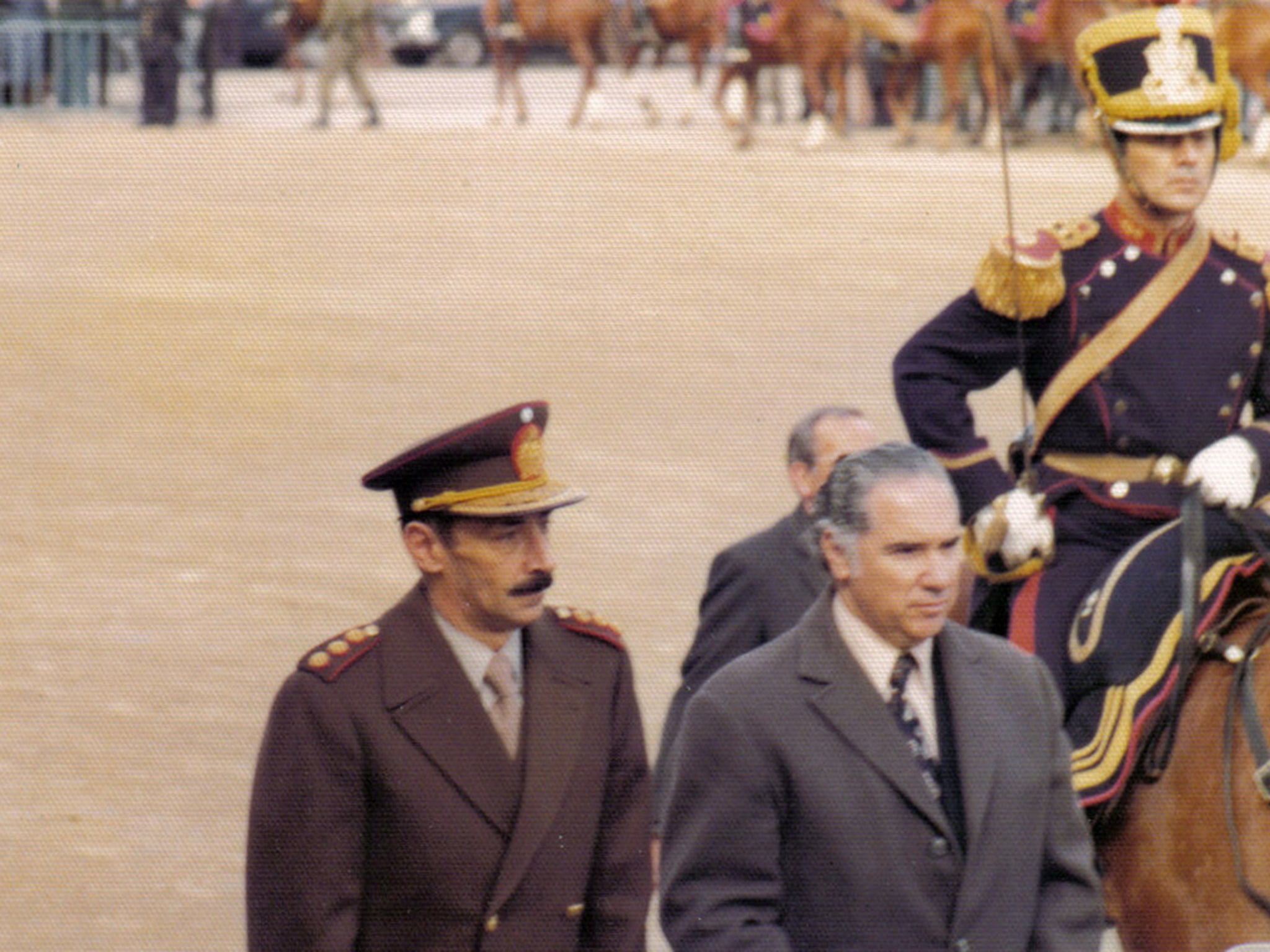
Military officer Jorge Rafaél Videla took over Argentina during a coup d'état in 1976.
At the time, the country was straddled with a corrupt government and a battered economy, and was "besieged by attacks from guerrillas and death squads," with many Argentines "welcoming Videla's move, hoping the three-man military junta would put an end to the violence," according to Biography.com.
Videla tried to bring back economic growth via free-market reforms, and was "moderately successful." However, he closed the courts and gave legislative powers to a nine-man military commission.
His government conducted a notorious "'dirty war,' during which thousands of people considered to be subversive threats were abducted, detained and murdered," among them intellectuals, journalists, and educators.
The official estimate of people killed during his presidency is 9,000, but some sources believe the number is between 15,000 and 30,000.
He was sentenced to life in prison in 1985, but pardoned in 1990. He was once again put on trial in 2010, and received another life sentence. He died in prison in 2013.
Francisco Macías Nguema (Equatorial Guinea, 1968-1979)
The first president of Equatorial Guinea was a paranoid kleptocrat who declared himself leader for life, kept much of the national treasury in suitcases under his bed, and killed or exiled an estimated one-third of the former Spanish colony's population of 300,000.
Nguema's hatred of his country's educated classes led to comparisons with Cambodia's Pol Pot.
Extensive forced-labor programs brought to mind other historical cruelties as well: One visitor to the country during Nguema's rule described it as "the concentration camp of Africa — a cottage-industry Dachau."
Nguema was executed after his nephew, Teodoro Obiang, overthrew him in a 1979 coup.
Teodoro Obiang (Equatorial Guinea, 1979-present)
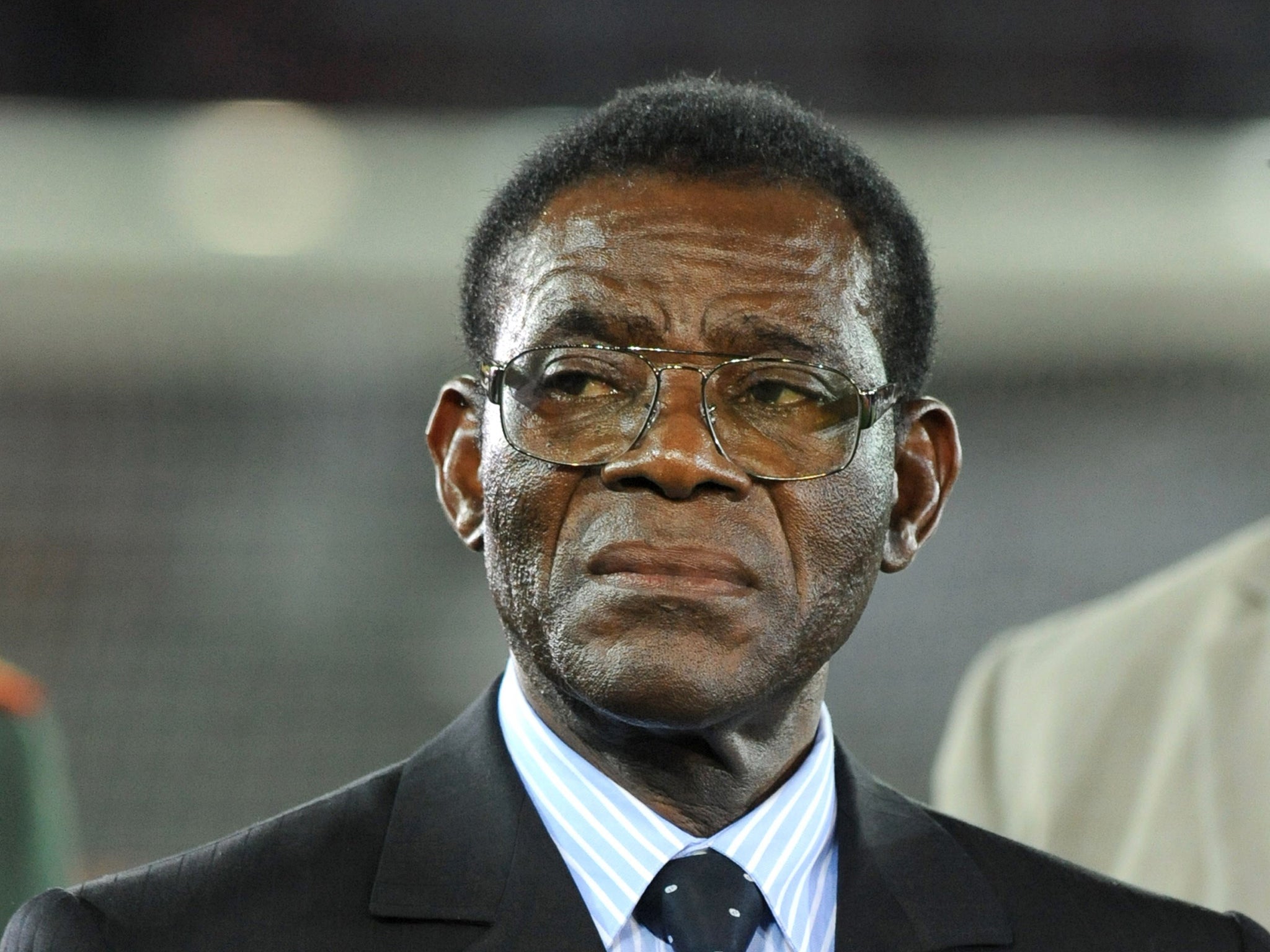
Teodoro Obiang overthrew his uncle Francisco Macías Nguema, the first president of Equatorial Guinea, in 1979.
In 1995, oil was discovered in Equatorial Guinea, which provided Obiang with an almost limitless means of self-enrichment.
While the country of 700,000 languishes in the bottom quartile of the Human Development Index, its resource wealth has funded one of the world's most oppressive regimes.
Obiang's government is accused of torturing dissidents and banning most forms of political expression.
At the same time, Obiang has attempted to turn the capital of Malabo into a tourism and conference destination, and has tried to portray Equatorial Guinea as one of Africa's rising political and economic powers.
Siad Barre (Somalia, 1969-1991)
Somalia's socialist military dictator committed a disastrous strategic error when he invaded Ethiopia's Somali-majority Ogaden region in 1977.
The invasion convinced the Soviet Union to withdraw its support from Barre's government.
And instead the Soviet Union backed Ethiopia's emerging communist regime.
After the failed war against Ethiopia, Barre continued to rule Somalia for 13 years.
He maintained control through a combination of blunt force and canny manipulation of Somalia's clan system.
His most disastrous legacy is Somalia's descent into civil war in 1991, which marked the beginning of over two decades of anarchy in the country.
Radovan Karadžić (Republika Srpska, 1992-1996)
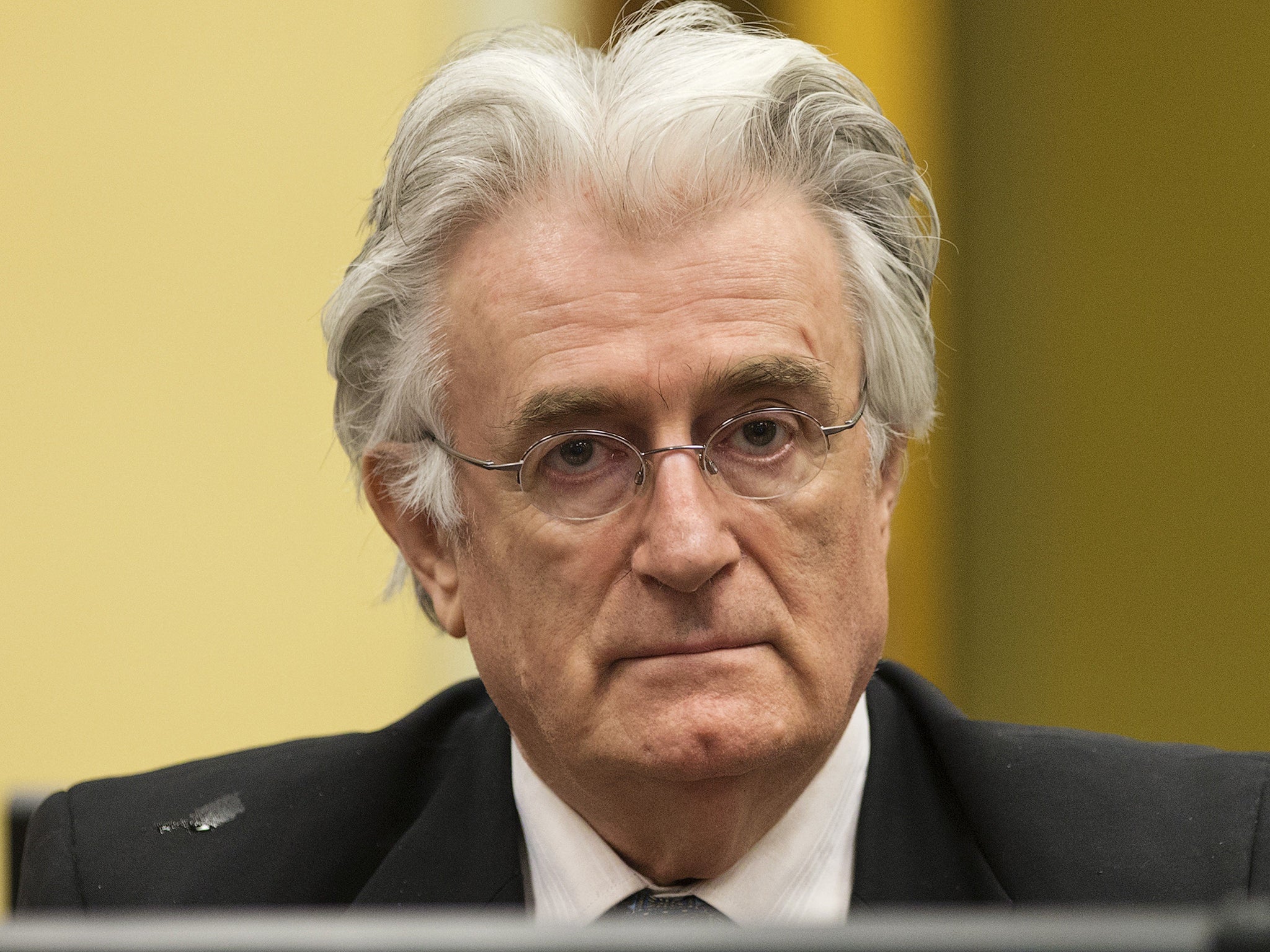
Radovan Karadzic was president of Republika Srpska, the self-proclaimed ethnic Serb "republik" that seceded from Bosnia after Bosnia's secession from Yugoslavia in 1992.
As president, Karadžić oversaw an ethnic-cleansing campaign against Bosnian Muslims that included some of the most severe human-rights abuses committed on European soil since World War II.
Karadžić is believed to have ordered the July 1995 Srebrenica massacre, in which Serbian militants killed over 8,000 Bosnian Muslims in the span of three days.
Karadžić went into hiding, and after Bosnia's civil war, he became a homeopathic health expert under an assumed name and began writing articles about healing.
In 2008, he was arrested in Serbia and sent to the International Tribunal for the Former Yugoslavia in The Hague to face charges of crimes against humanity.
Theodore Sindikubwabo (Rwanda, April 1994-July 1994)
Theodore Sindikubwabo bears little personal responsibility for the organization of the Rwandan genocide, which was largely the project of hardline army officers and government officials like Theoneste Bagasora.
But when Rwandan president Juvenal Habyrimana's plane was shot down on April 6, 1994, Sindikubwabo was the man that the genocide's architects selected as Rwanda's head of state.
The former pediatrician was the official head of a government that perpetrated the slaughter of an estimated 800,000 people.
Far from attempting to stop the bloodbath, Sindikubwabo appeared in Cayahinda, Rwanda, on April 20, 1994, to "to thank and encourage" militants carrying out the genocide, and to "promise he would send soldiers to help local people finish killing the Tutsi who were barricaded" in a local church, according to Human Rights Watch.
Sindikubwabo fled into neighboring Zaire after the forces of current Rwandan president Paul Kagame invaded the country during the closing days of the genocide.
He died in exile in 1998.
Than Shwe (Myanmar, 1992-2011)
Than Shwe was the leader of the ruling military junta in Myanmar (Burma) and had been criticized and sanctioned by Western countries for human-rights abuses.
Up to 1 million people were reportedly sent to "satellite zones" and "labor camps" under his rule.
There was virtually no free speech in the country, and "owning a computer modern or fax [was] illegal, and anyone talking to a foreign journalist [was] at risk of torture or jail," the Guardian reported in 2007.
Although Shwe stepped down in 2011, The Wall Street Journal reports that he "still exerts considerable leverage behind the scenes."
Most recently, he pledged support to his former foe, Aung San Suu Kyi, as the Myanmar's "future leader" — even though during his rule, the country's Nobel Prize-winning opposition leader was kept under house arrest.
Isaias Afwerki (Eritrea, 1991-present)
Eritrea won its independence from Ethiopia in 1991 partly because of President Isaias Afwerki's leadership in the armed struggle against Ethiopia's brutal communist regime, which he helped overthrow.
Over the next 25 years, Afwerki built one of the world's most terrorizing dictatorships.
Afwerki's government maintains a network of brutal secret prison camps, and forcibly conscripts the country's citizens into indefinite military service.
Eritrea's internal oppression has led to over 380,000 people fleeing out of a population of less than 7 million — despite the lack of active armed conflict in the country.
Afwerki's foreign policy has been equally problematic.
A 1998 dispute with Ethiopia over the demarcation of the countries' border quickly escalated into the last full-scale interstate war of the 20th century, with Afwerki bearing at least partial blame for failing to defuse a conflict in which an estimated 100,000 people were killed.
Eritrea is also under UN sanctions for its alleged support of Al Shabaab militants fighting the Ethiopian military in Somalia.
Yahya Jammeh (Gambia, 1996-present)
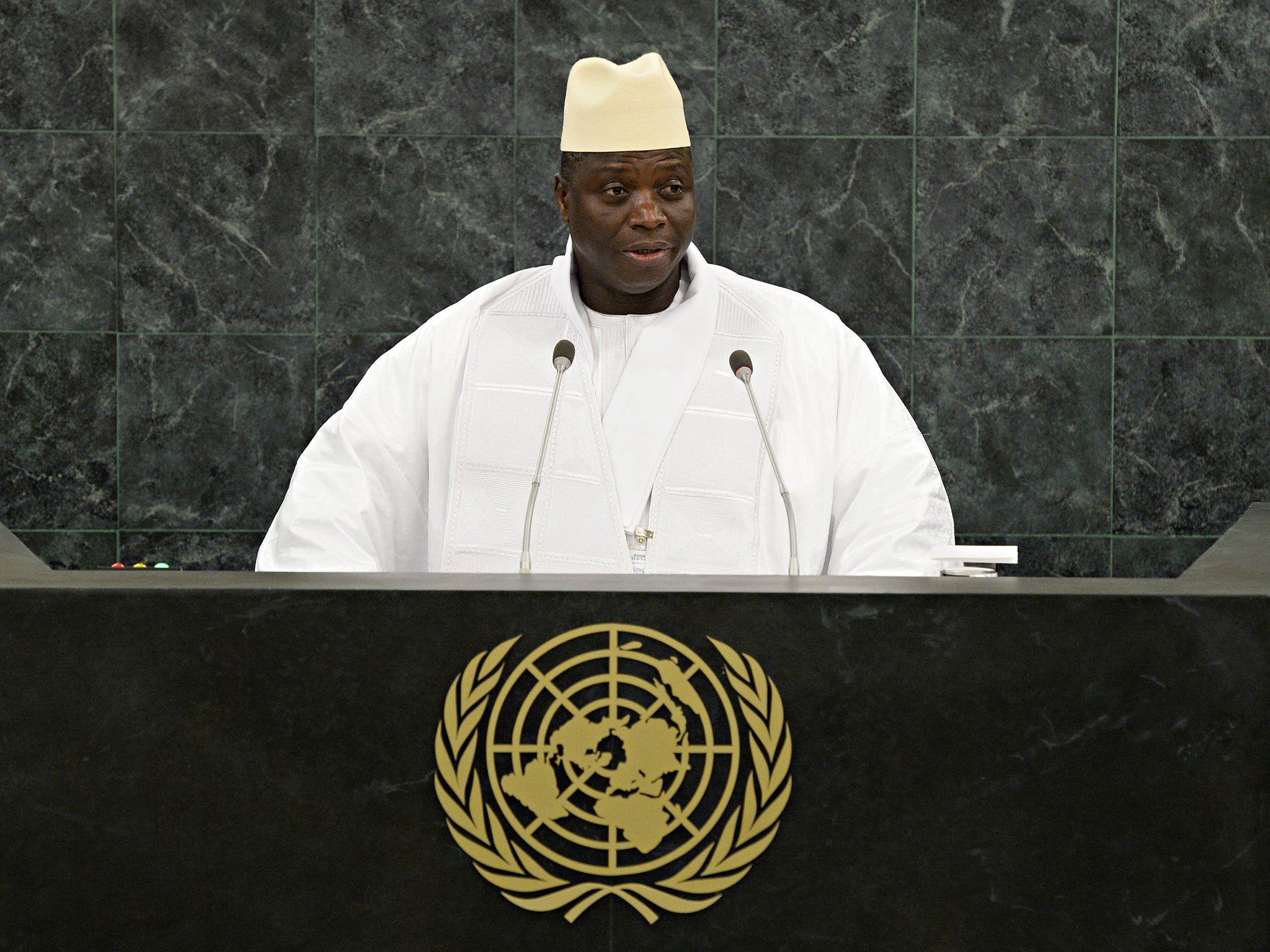
Gambia's president since 1996 has built one of the most oppressive states on earth.
Jammeh has used arbitrary arrests and torture as his preferred means of control, and has threatened to personally slit the throats of the country's gay men.
Gambians are fleeing the country in droves.
Despite its population of only 1.8 million, Gambia is among the 10 most common origin points for migrants attempting to cross the Mediterranean into Europe.
Read more:
• The new Tesla car nobody is talking about yet
• Michigan mass shooting suspect identified
• Hundreds of millions running through Airbnb in UK
Read the original article on Business Insider UK. © 2015. Follow Business Insider UK on Twitter.
Join our commenting forum
Join thought-provoking conversations, follow other Independent readers and see their replies
Comments